How By the Bay Mushrooms Became a Top Producer in the North East
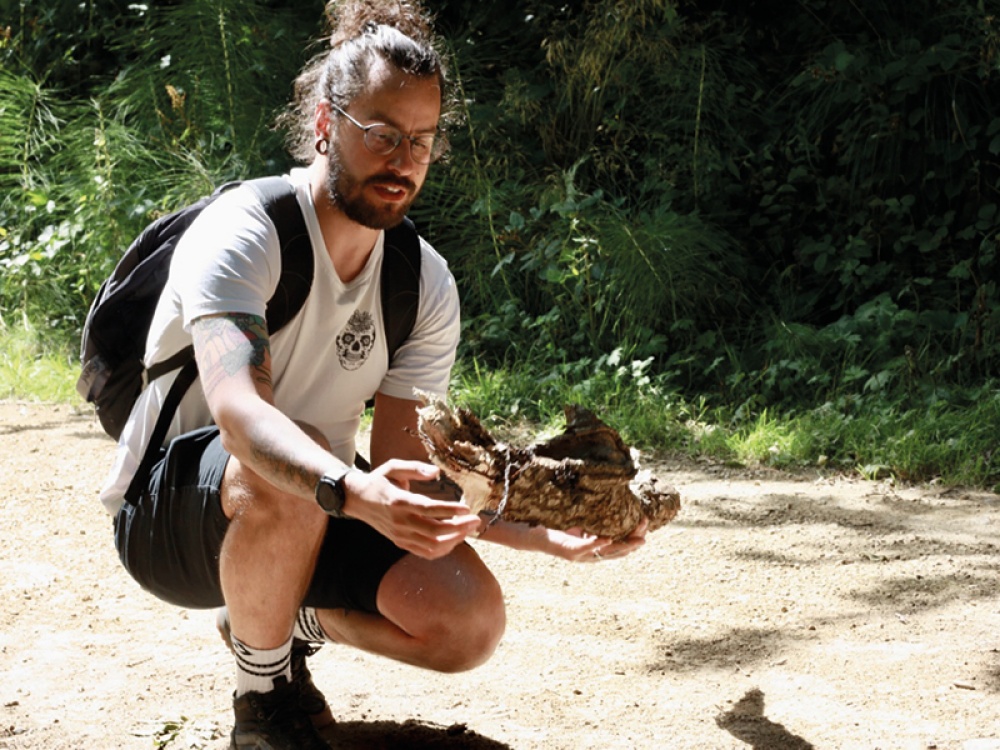
Supplying Restaurant Pine, Flint, Miso and Soku with fresh, homegrown mushrooms, By the Bay Mushrooms has become an essential part of the North East food industry
How did By the Bay Mushroom Co start?
Growing mushrooms was just a little hobby for a while. The way I got into mushrooms was by getting into foraging. Then I got thinking about how they are formed. It all started as a passing phase – until it wasn’t. I grew them in the house and grew some really bad oyster mushrooms initially (they looked shocking), but I’d grown mushrooms and was super happy! Compared to what you’d get in the shop they were a total level up from what I knew of mushrooms.
When did you begin to collaborate with restaurants?
[After finding a larger venue] I set up some tents to control the growing environment and tried to grow more mushrooms at one time. I had some great success so I started to knock on some restaurants’ doors just through people I knew a little bit. Trying to run a business that needed a schedule built around other people, especially chefs, was not an easy thing to pull together. There was a lot of trial and error.
I always tell the chefs that I work with that it’s a living thing that I’m growing, so if I’m late it’s because the mushrooms have done what they want to do. For the most part they’re all super understanding because they come from that way of thinking about produce too.
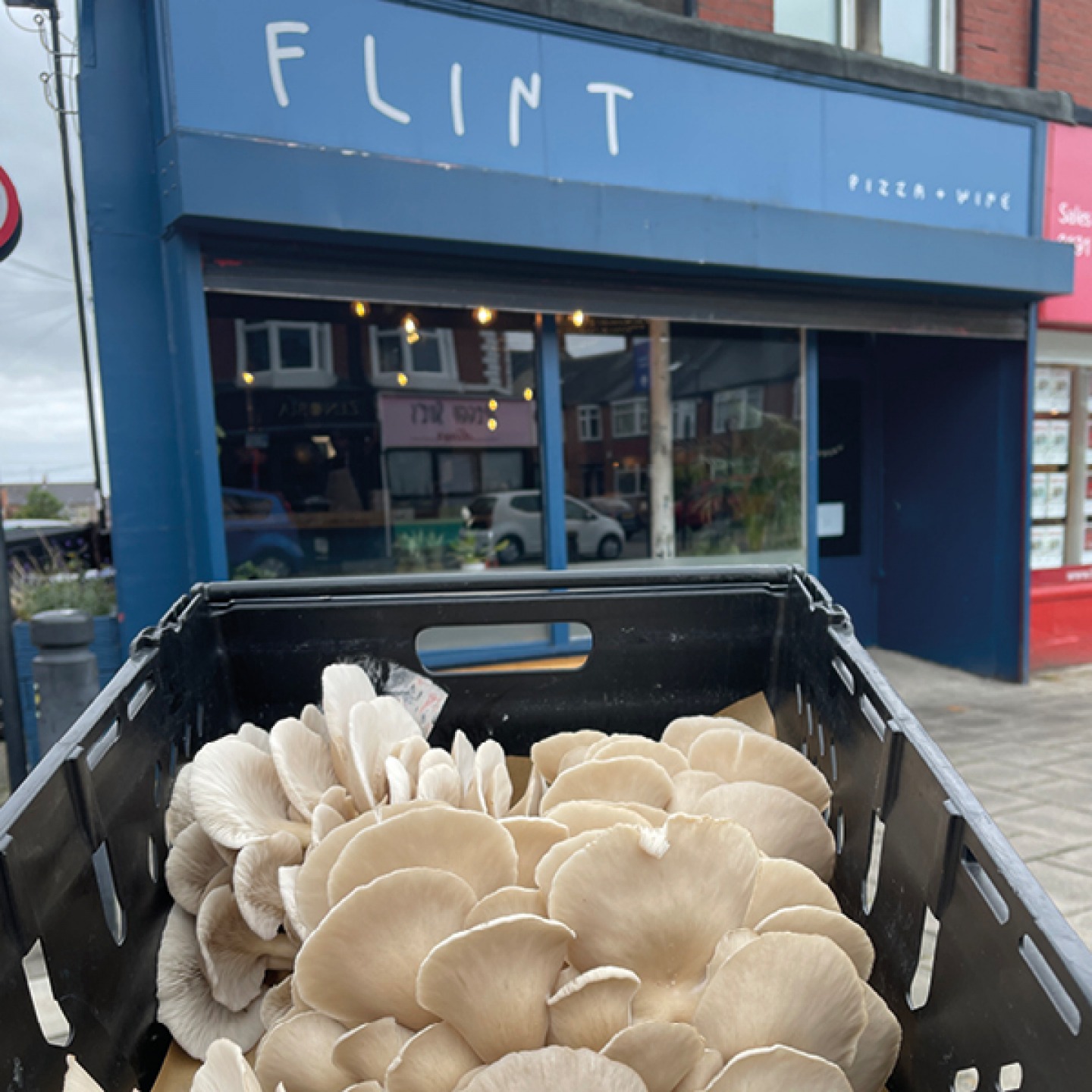
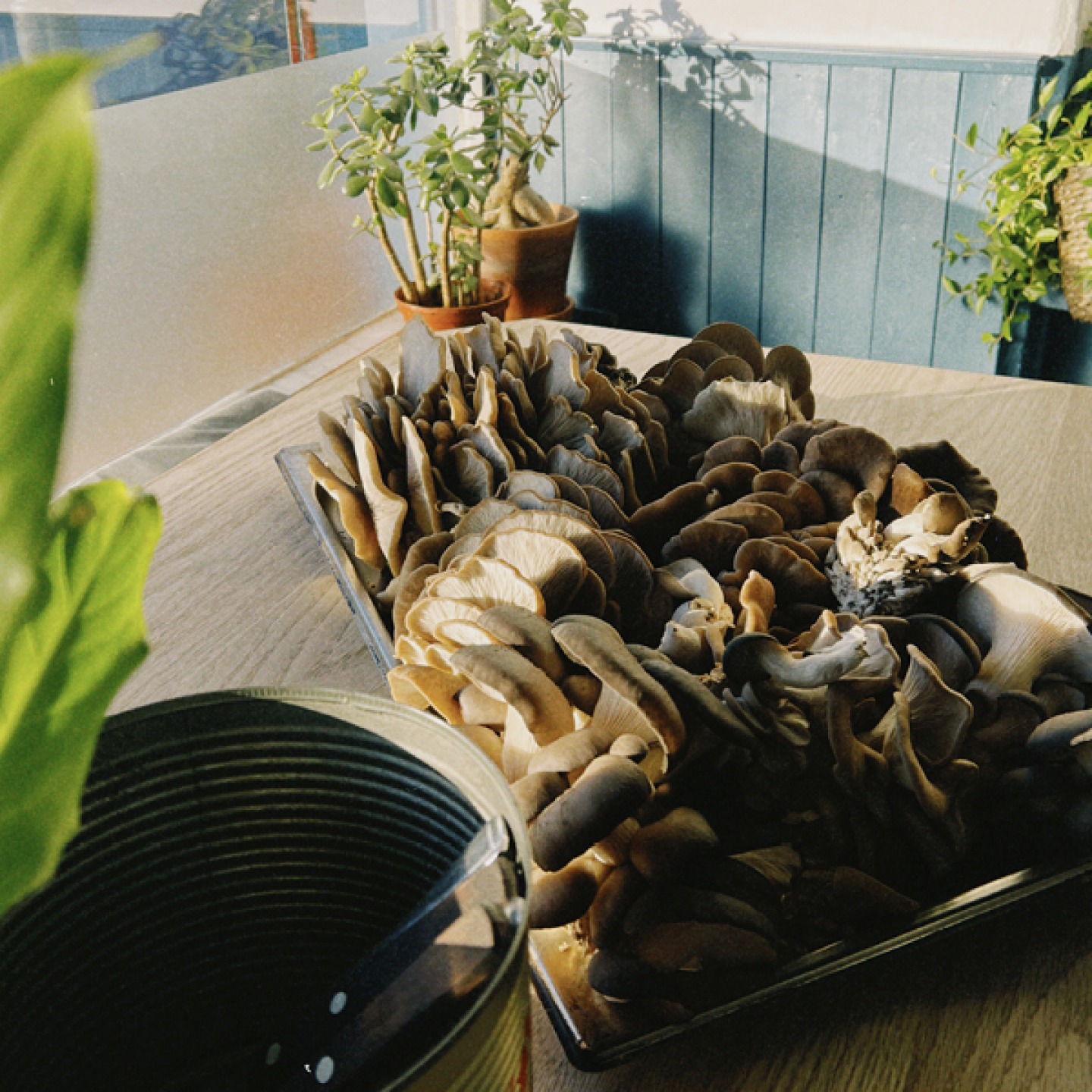
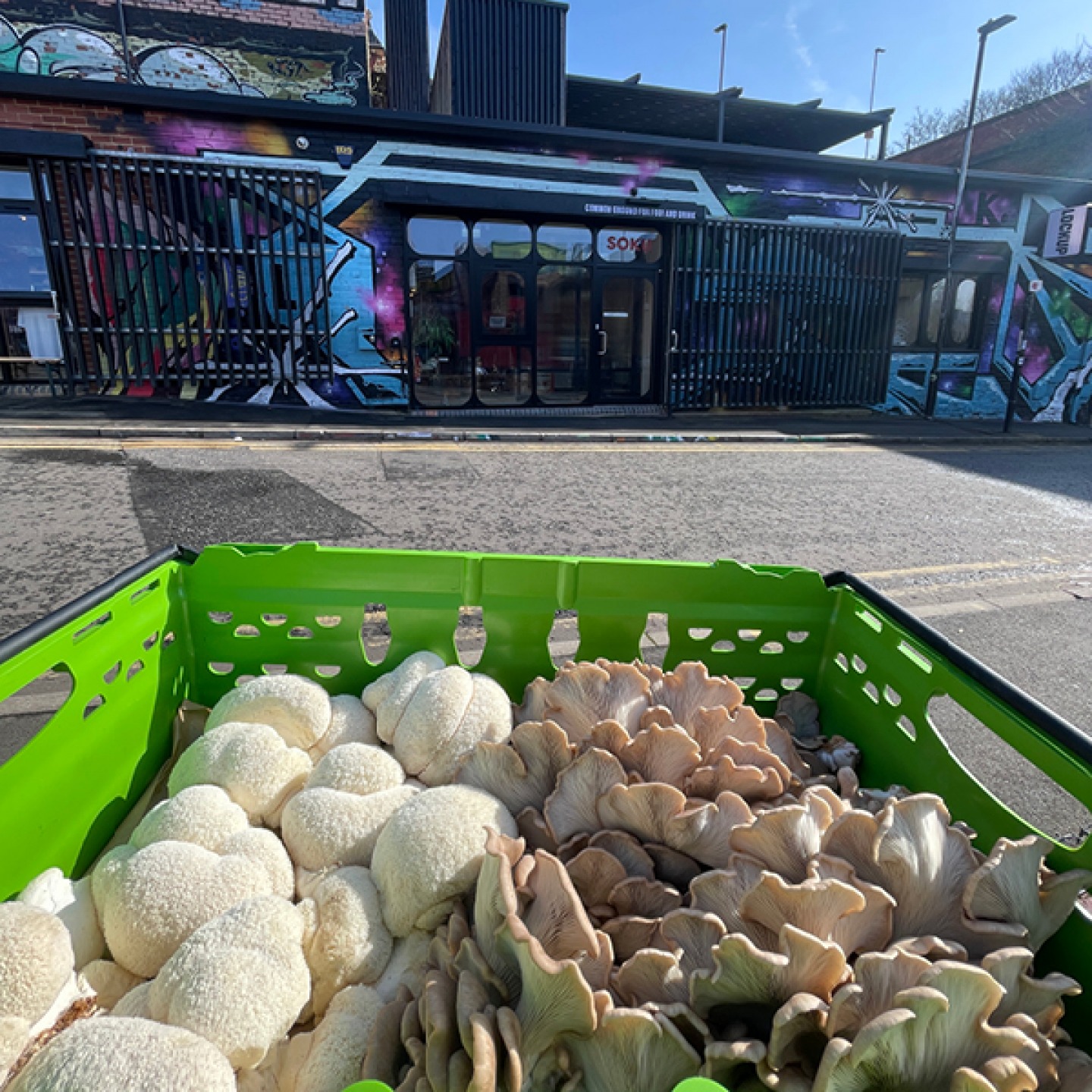
Can you tell us who you work with?
There’s a pizza place in Sunderland called Wild Fire Pizza and they were my first customers. I work with Miso in Ouseburn, Soku and Restaurant Pine – the guys there are awesome. I got invited in and I never thought that just by growing some mushrooms I’d get an invite to a Michelin-star restaurant. I work with Flint on Chillingham Road, The Boatyard in Cullercoats and a few other places on an ad hoc basis. I also create tinctures for Karma Coast in Tynemouth.
How do your mushrooms differ from others?
I make sure everything is picked and delivered within about an hour or two, sometimes it’s as little as 20 minutes. One of my biggest gripes with produce is a lot of it is imported from Europe and they sit in a cold lorry for days before they reach their destination. I really want to stick to my guns. No matter how much I produce, or how big I may get in the future, freshness is definitely at the core of everything.
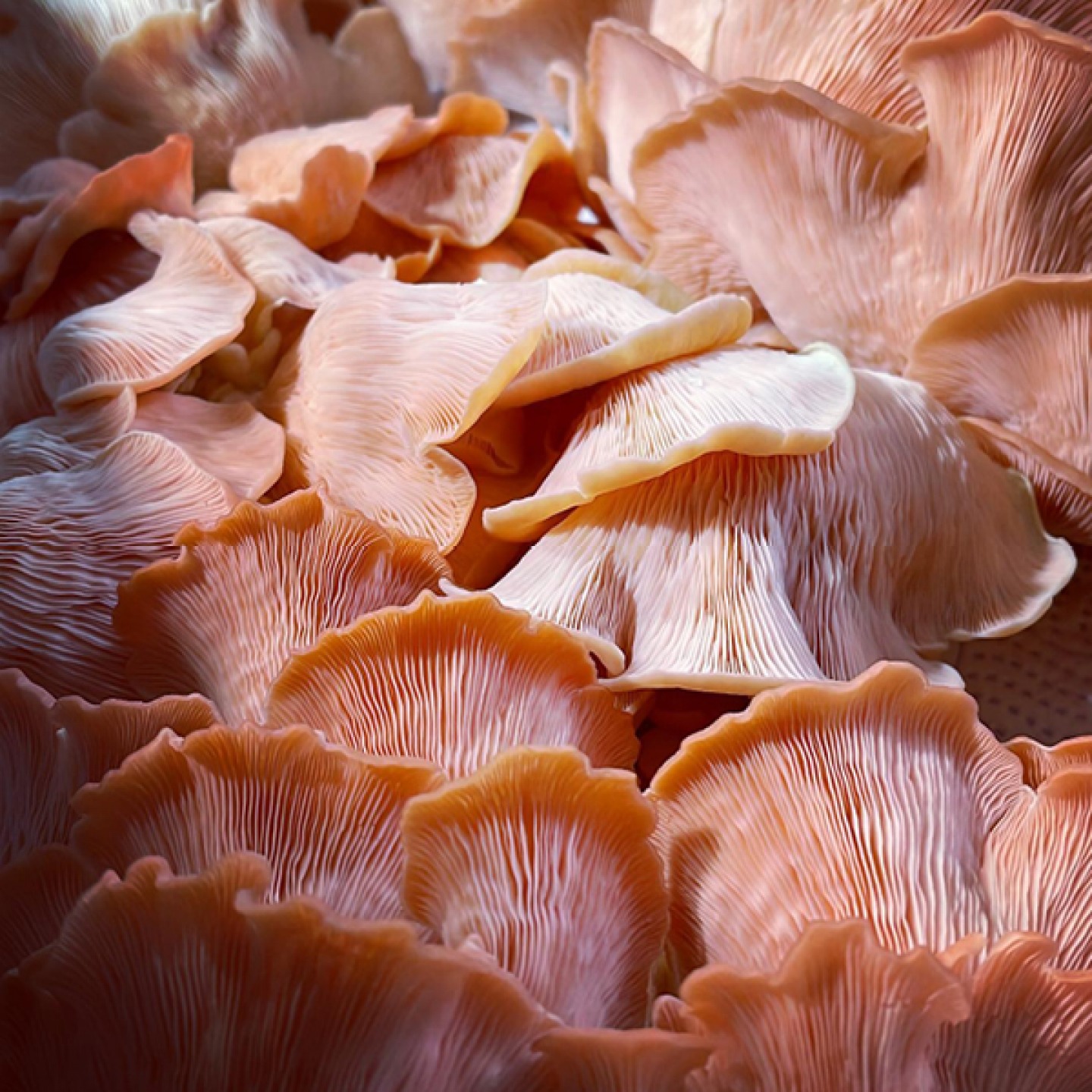
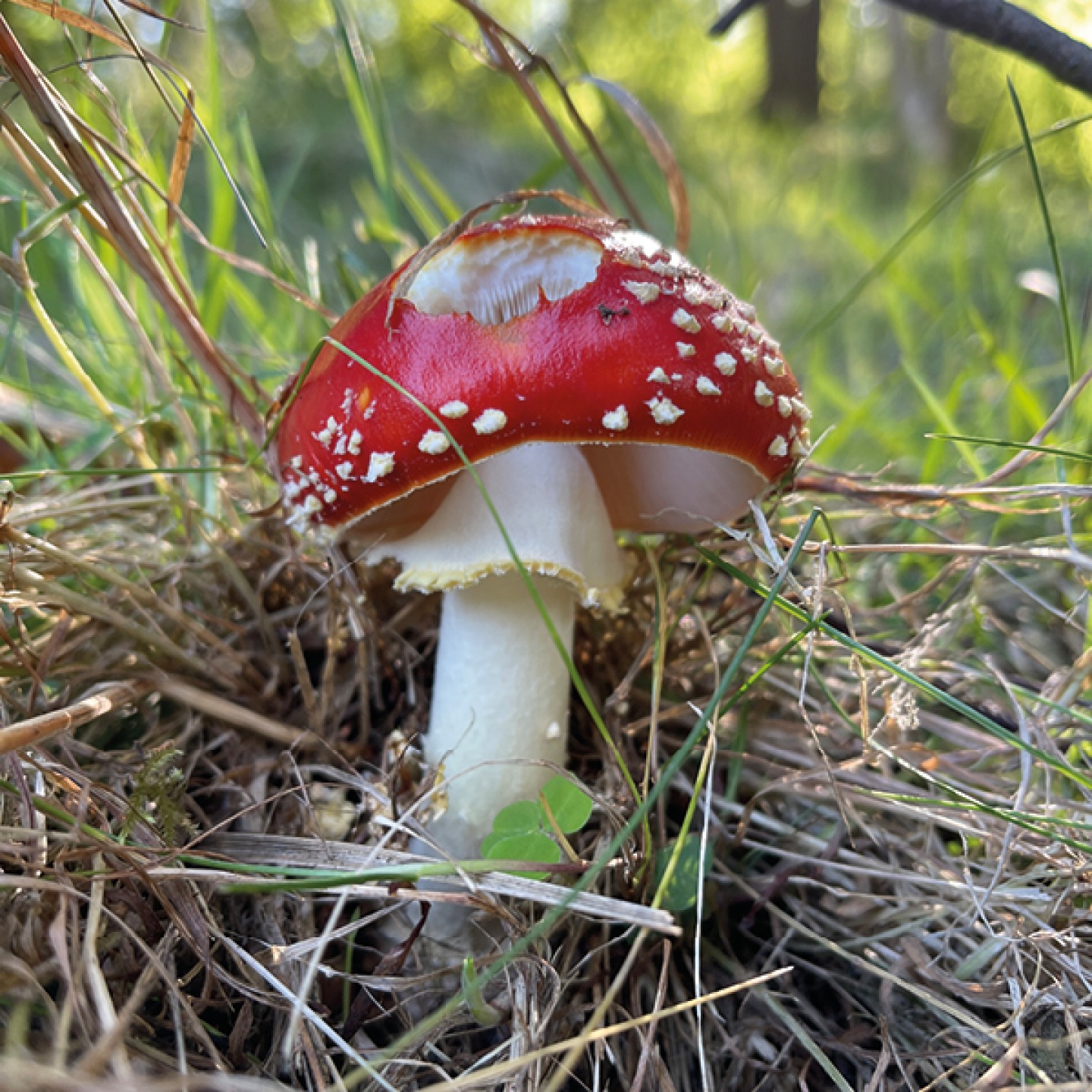
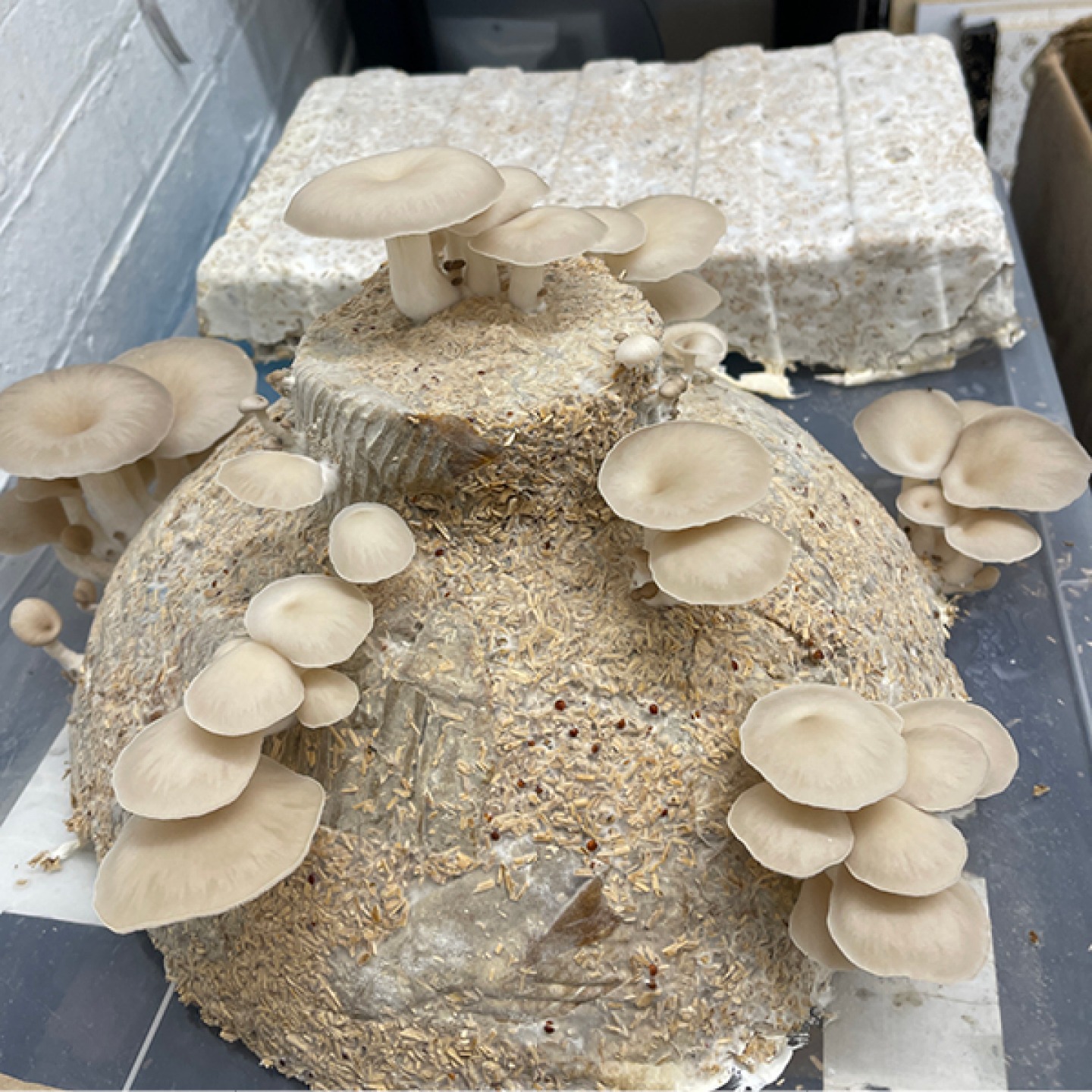
Tell us how you’ve refined your technique.
Different strains of mushrooms demand different environments, but I’ve found a sweet spot where I can just about get away with everything doing what it should at the right time. It gets very technical and geeky. You can get environmental meters that read everything but I haven’t gone down that route yet. I just let the mushrooms tell me what they need. For example, if you get leggy mushrooms that don’t have a big cap but have a long stem, it’s usually because there’s a lack of oxygen. So I might need to pump more in, or I might find I have too many mushrooms in that space.
What’s does the future look like?
So far it’s been a natural journey of like-minded people finding each other which is really nice. For future plans, I always want to expand, but at the minute I want to just sit and be comfortable with where I am. I’m producing upwards of 30 kilos per week, which is something I never thought I’d say. I do have visions of upping my output to around 40 kilos and trying to do Tynemouth Market by the end of the summer for example. I just think the idea of being able to give people fresh mushrooms on a weekend is great!







